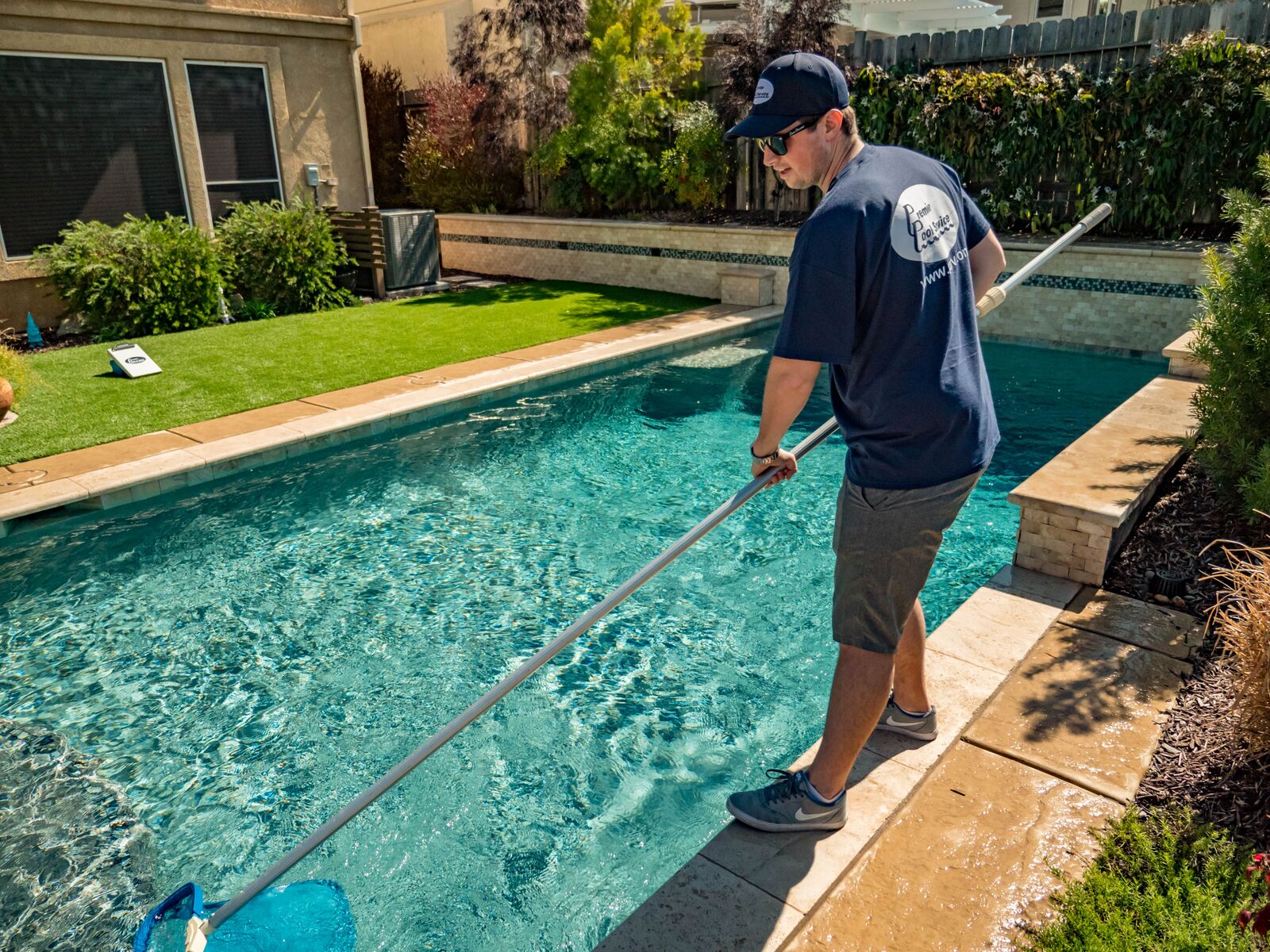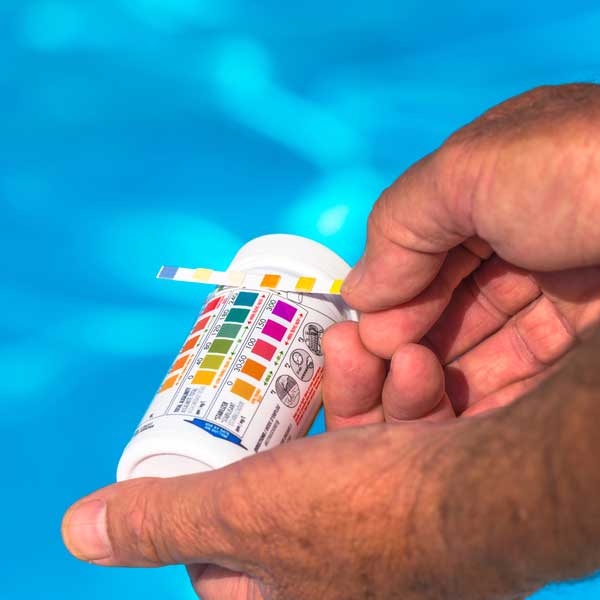
Storms can be an extra bother when you’re a swimming pool owner. Not only will branches and leaves end up in your pool, but windy, rainy weather can sweep dirt and debris into the water. This debris can bring contaminants with it and impact pool water quality.
Additional water can also accumulate from heavy rainstorms, resulting in water runoff. Runoff can alter pH and Total Alkalinity levels, and cause chemicals to become diluted and imbalanced. The result may create costly stains on your swimming pool interior and less than healthy water for your family.
Pool covers can help to protect your swimming pool from many significant issues. But you should be prepared to take some extra post-storm steps in cleaning your swimming pool and ensuring your pool recovers from any damage. Here are some helpful tips to follow, to ensure your pool returns to its clean and safe state.
Remove Leaves and Debris
Your first step in cleaning your swimming pool after a storm is to remove any debris from the surface. Using your skimmer, remove leaves, sticks, and other storm remnants from the pool. Check the skimmer basket, and empty/clean it, so that it can function properly. Cleaning the skimmer and pump basket will help avoid undue stress on your pool pump.
Utilizing your pool vacuum, remove any debris that has fallen below the surface. You can use an automatic pool cleaner or manually vacuum the pool yourself.
Check Your Pool Water Levels
If flooding has occurred in your area, your pool may end up with excess water.
If your pool is equipped, you can keep your filter turned to “waste,” connect a backwash hose to the filter’s waste port and turn the pump on. Pump out water into an area with adequate drainage until the waterline reaches the desired level.
Or, you can remove some of the water with a sump pump or siphon.
Clean or Backwash Filter
After a storm, remaining dirt, dust, and small particles may require the pool filter to be cleaned. This might be the ideal time to replace your filter, cartridges, or filter media.
Make sure to reference the manufacturer’s operation guide to ensure you are cleaning your pool filter correctly.
 Balance Chemistry
Balance Chemistry
At this point, you should check your pH, Total Alkalinity, Chlorine, calcium, and Cyanuric Acid levels and adjust each. However, invisible contaminants may still be present. These microscopic organic remnants can bring bacteria or nitrates with them, which can lead to algae growth.
As a precaution, it may be necessary to shock the pool. Add enough shock to raise the chlorine level to around 10.0 ppm. (Roughly 1 pound of calcium hypochlorite for every ten thousand gallons of pool water.)
Once the pool has been shocked and the chlorine level has subsided to around 3.0 ppm, it is time to check your water chemistry again. Adjust the total alkalinity to normal levels, then adjust the pH, chlorine, and calcium hardness of your water.
Run Circulation and Filtration Systems Until Water is Clear
Running your circulation and filtration systems is the last step in cleaning your swimming pool after a storm. Once it’s been vacuumed and brushed, you will want to run your pool equipment until the water is clear. This may take a few days, but it is an important step to ensure your system is running correctly.
While this process may seem daunting, the steps are necessary to protect your investment and ensure swimming pool safety. If you don’t want to take on cleaning your swimming pool yourself, connect with a local Premier Pool Service and we would be happy to help keep your pool in tip-top condition.
Get a FREE quote
Looking to build a brand new swimming pool or add a spa or water feature to your existing pool? Check out our fantastic pool designs at premierpoolsandspas.com.

 Balance Chemistry
Balance Chemistry

